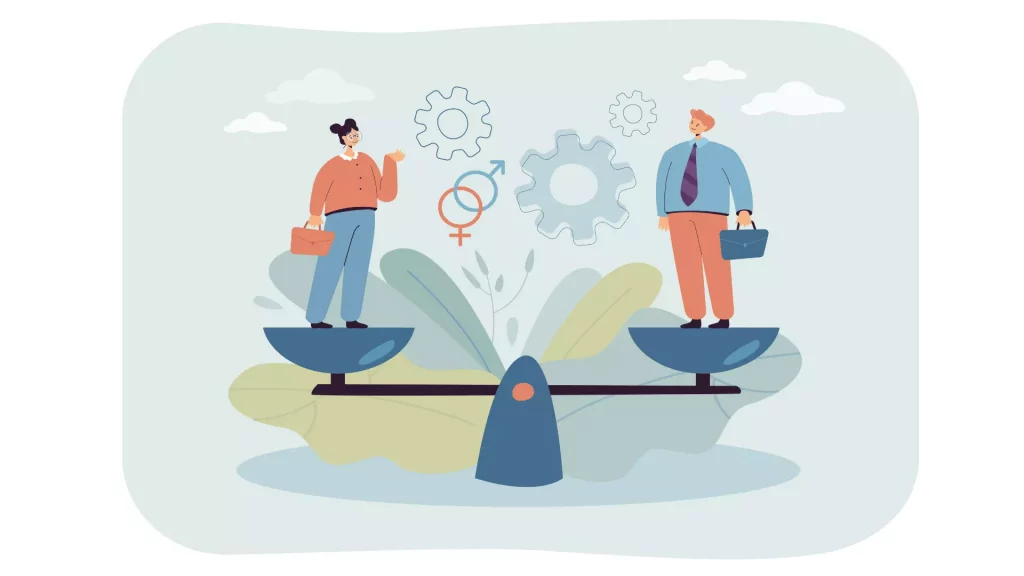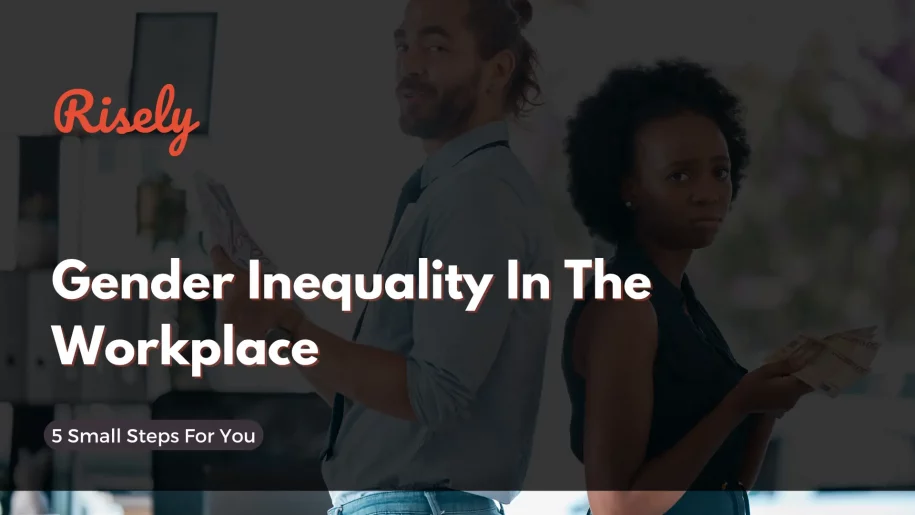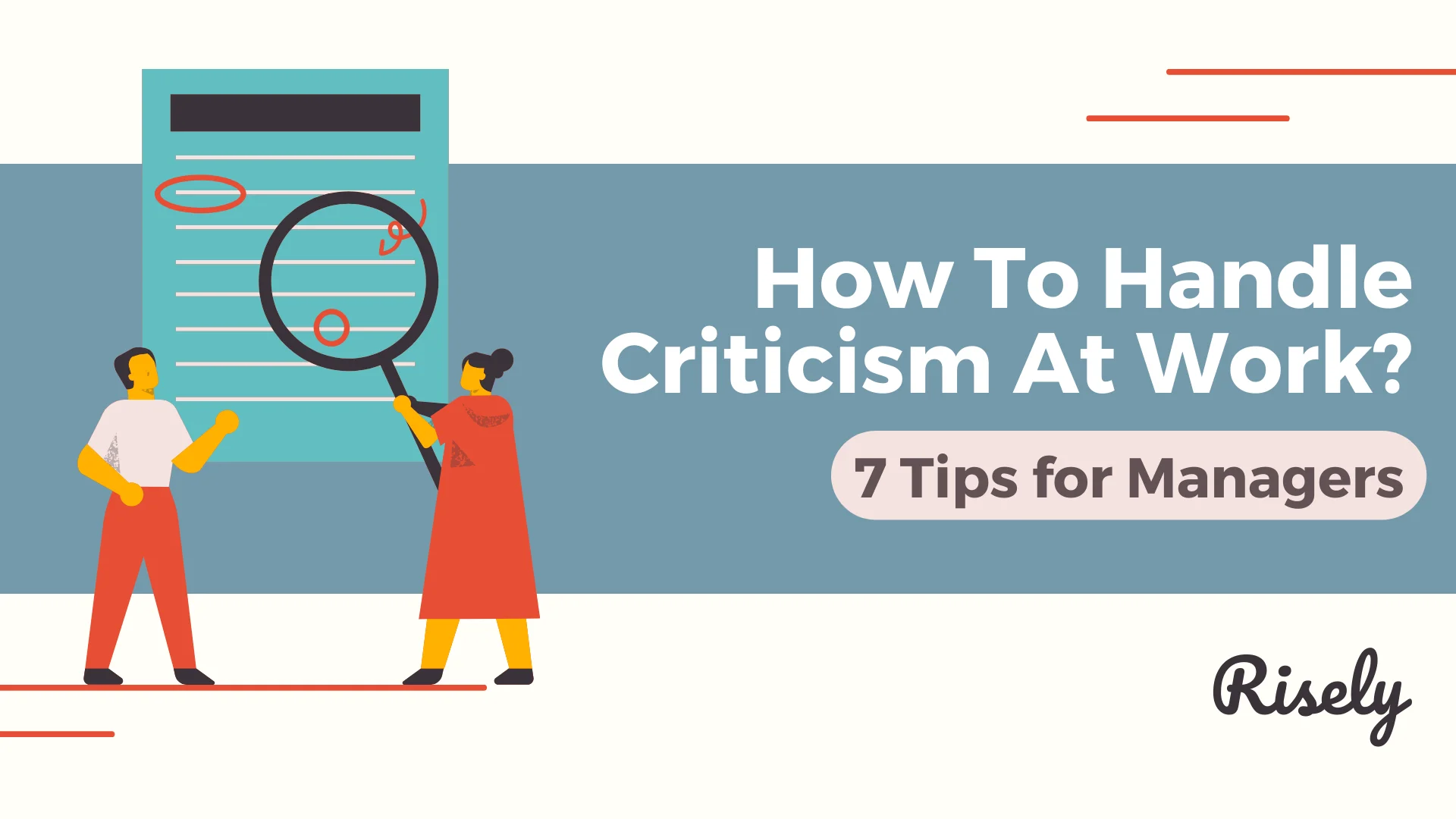Gender Inequality In The Workplace: 5 Small Steps For You
Have you ever wondered why certain individuals face barriers and biases solely based on gender? Gender inequality in the workplace is a topic that demands our attention and action. These disparities persist despite significant progress in other areas, from unequal pay to underrepresentation in leadership positions. But why does this issue persist? In this blog post, we will delve deep into the complexities of gender inequality in the workplace, exploring its root causes, impact, and potential solutions. Let’s dive in!What is Gender Inequality in the Workplace?
Gender inequality in the workplace refers to the unequal treatment, opportunities, and outcomes experienced by individuals based on gender. It encompasses a range of issues, including unequal pay, limited access to leadership positions, gender stereotypes, and discrimination. Women often face systemic barriers and biases that hinder their professional advancement and create disparities in pay, promotions, and career opportunities. This inequality not only affects individuals but also hampers organizational productivity and innovation. Achieving gender equality requires addressing these structural and cultural biases, implementing inclusive policies and practices, promoting diversity in leadership, and fostering a supportive and equitable work environment for all employees, regardless of gender.Where Do We Stand: Tracking Examples of Gender Inequality in Workplaces
Gender inequality can manifest in various ways in workplaces, often resulting in disparities in opportunities, treatment, and representation between men and women. While progress has been made in many areas, challenges persist in many others:Gender Pay Gap
While over the years, the gender pay gap improved slightly since 1979 (when women earned 62% of men for the same work, to the present 81%), there’s still a long way to go. Women, on average, continue to earn less than their male counterparts for similar work. The gender pay gap reflects disparities in salary, bonuses, and overall compensation, often attributed to factors such as discriminatory practices, occupational segregation, and limited negotiation opportunities for women.💡 For every 1$ that a man earns, a woman earns only 88¢.
Because of the prevalent gender pay gap, women often need to put in more working hours than men to achieve the same level of pay. Source: Gender Equality and Work, OECD, 2021
Underrepresentation in Leadership Roles
Women are often underrepresented in leadership and decision-making positions. This phenomenon, commonly known as the “glass ceiling,” limits women’s access to top executive roles and board positions, hindering their career advancement. But here’s the thing: the conversation has moved beyond the idea of a glass ceiling. Instead, McKinsey has shed light on the concept of missing rungs in the ladder of representation at the higher levels. Primarily,- While representation continues to move slowly upwards (at rates of three to four percent), women of color and marginalized backgrounds are left behind.
- Among the women who reach manager and director-level positions, there is a steady trend of leaving at a rate higher than that of men.
💡 For every 100 men promoted from entry level to manager, 87 women were promoted.
Moreover, 73 women of color were promoted to manager for every 100 men. Source: Women in the Workplace, McKinsey, 2023
Stereotyping and Bias
Gender stereotypes and biases may influence hiring, promotion, and performance evaluation decisions. Preconceived notions about gender roles can lead to the perception that certain jobs or leadership qualities are more suited to one gender over the other. The newer crop of female professionals is trying hard to break this barrier with their ambition and consistent effort, with three in four women under the age of thirty wanting to take up senior leadership roles (Source: McKinsey Women in the Workplace).Workplace Harassment and Discrimination
Women face harassment or discrimination based on their gender, creating a hostile work environment. It can range from subtle forms of bias to more overt instances of sexual harassment, impacting women’s well-being, job satisfaction, and career progression. Microaggressions, often assumed to be subtle and unworthy of consideration, are often targeted at women and impact their presence in the workplace long-term. The impact is witnessed more strongly with women of color and marginalized groups. As a result, workplaces turn psychologically unsafe due to this identity-based discrimination and inhibit the performance and growth of individuals.💡 Women who experience microaggressions are 3x more likely to think about quitting.
They are also four times more likely to almost always be burned out. Source: Women in the Workplace, McKinsey, 2023
Unequal Access to Training and Development
Women may have limited access to training, mentorship, and development opportunities compared to their male counterparts. This lack of investment in women’s professional growth can impede their career advancement and skills development. The gap and the missing women at the top can only happen if something is wrong at the lower levels. Research points toward gaps in training and mentorship opportunities as the probable cause. To take note:- While on average, 56% of men say that their employer offers training, the number drops to 42% for women, showing a lack of awareness of the problem at the first step.
- 16% of women report having no access to an L&D program at their workplace, while on the side of men, it happens only with 4%. Women are also more likely to demonstrate dissatisfaction with workplace L&D programs.
Pregnancy and Maternity Discrimination
Gender roles are among the biggest restrictors of female success in workplaces. Women face discrimination related to pregnancy, maternity leave, or returning to work after childbirth. As per one study, 12% respondents had faced some form of pregnancy discrimination at work. Negative perceptions about women’s commitment to their careers during or after pregnancy result in biased treatment and hinder career progression. Further, the absence of family-friendly policies makes returning to work hard for women.💡 Up to 54,000 women lose their jobs every year due to pregnancy discrimination.
Additionally, pregnant women are likely to be discriminated against at every stage of the hiring process. Source: Pregnancy and maternity discrimination, Equality Human Rights, 2018
Inequality in Networking Opportunities
Women may have limited access to informal networks and mentorship opportunities, which are crucial for career advancement. Informal networks often play a crucial role in career advancement. Women find themselves excluded from informal gatherings, after-work events, or casual networking opportunities where important professional connections are often made. For example, there are assumptions that women are less interested in or less adept at networking, leading to their exclusion from key professional circles. Factors such as limited invitations, financial constraints, or biased selection processes contribute to this inequality. Moreover, traditional expectations around women’s roles as caregivers limit their ability to engage in networking activities outside regular working hours.Gender Inequality in the Workplace Hurts in Many Ways
Gender inequality in the workplace has far-reaching effects that impact individuals, organizations, and society as a whole. Here are some of the notable effects:- Career Limitations: Women often face limited opportunities for career advancement and growth due to gender biases and discrimination. This can result in fewer women occupying leadership positions, reducing diversity and hindering the potential for innovation and creativity within organizations.
- Wage Disparities: The gender pay gap perpetuates economic inequality. Women’s lower earnings can lead to financial insecurity, diminished lifetime earnings, and a greater likelihood of poverty in retirement. It also impacts overall economic growth by stifling consumer spending and productivity.
- Diminished Self-Worth and Well-being: Experiencing gender inequality can negatively affect individuals’ self-esteem and well-being. Women may feel undervalued, excluded, and demotivated, decreasing job satisfaction, lower productivity, and higher stress and mental health issues.
- Talent Drain: When organizations fail to address gender inequality, they risk losing top talent. Women may seek opportunities elsewhere that offer a more inclusive and equitable work environment, losing diverse perspectives and valuable contributions.
- Missed Innovation and Creativity: Gender-diverse teams are more innovative and effective. When women’s voices and perspectives are not adequately represented, organizations miss out on the valuable insights and problem-solving abilities that diversity brings.

The Search for Solutions for Gender Inequality in Workplaces
Fixing gender inequality requires a multi-faceted approach involving individuals, organizations, and society. Here are some solutions to address gender inequality in the workplace:Eliminate Bias in Processes
Implement policies and practices that combat unconscious bias in recruitment, hiring, and promotion processes. Use standardized criteria, blind resume screening, diverse interview panels, and objective performance evaluations to ensure fair and equitable decision-making. Implement transparent and unbiased pay structures that ensure equal compensation for equal work, regardless of gender. Regularly review and address any pay gaps that may exist within the organization.Provide Equal Opportunities
Offer equal access to training, development programs, and career advancement opportunities for all employees. Create mentorship and sponsorship programs that support the career growth of women and underrepresented groups.Encourage Gender Balance in Leadership
Actively work towards achieving gender balance in leadership positions. Set targets or quotas, if necessary, to increase the representation of women in senior roles. Provide leadership development programs and opportunities for aspiring women leaders.Flexible Work Policies
Because women are more likely to be primary care-givers, flexi-work has become a great option to have for many. Implement flexible work arrangements, such as telecommuting, flexible schedules, and parental leave, to support work-life balance for all employees. This helps to alleviate gender-specific caregiving burdens and ensures equal opportunities for career development.Supportive Policies and Advocacy
Advocate for supportive legislation and policies that promote gender equality in the workplace. Support initiatives that address systemic barriers and provide legal protections against discrimination. Offer parental leave policies that provide equitable benefits for both men and women, encouraging shared caregiving responsibilities. Implement on-site childcare facilities or partner with childcare services to ease the burden on working parents. By implementing these solutions, organizations can work towards creating inclusive environments where gender equality thrives, leading to better outcomes for individuals, organizations, and society.Conclusion
Gender inequality remains a persistent issue in the workplace, hindering the progress and potential of countless individuals. It is not just a matter of fairness and justice; it is also an economic imperative and a moral obligation to address this imbalance. By recognizing and challenging the biases and systemic barriers that perpetuate gender inequality, organizations can create a more inclusive and diverse workforce that benefits everyone. It requires proactive efforts to close the gender pay gap, promote equal opportunities for career advancement, challenge gender stereotypes, and foster a culture of respect and inclusion. Together, we can build a workplace where everyone can thrive, regardless of gender. To learn more about fostering an inclusive work environment and managing diverse teams, sign up for Risely-Manager’s Buddy.Ace performance reviews with strong feedback skills.
Master the art of constructive feedback by reviewing your skills with a free assessment now.
FAQs
What are the gender inequalities in the workplace?
Gender inequalities in the workplace include the gender pay gap, limited access to leadership positions, discrimination, bias, stereotyping, and lack of work-life balance support for women.
What is the main cause of gender inequality in the workplace?
The main cause of gender inequality in the workplace is a combination of deep-rooted societal norms, stereotypes, biases, and systemic barriers that hinder women’s access to equal opportunities, advancement, and fair treatment.
How can gender inequality be overcome in the workplace?
Gender inequality in the workplace can be overcome by implementing proactive measures such as promoting inclusive policies, challenging biases and stereotypes, providing equal opportunities for career advancement, and fostering a culture of respect and equity.
Other Related Blogs
How To Handle Criticism At Work? 7 Tips For Managers
How To Handle Criticism At Work? 7 Tips For Managers Handling criticism at work is a challenge that many managers face. Criticism can be difficult to handle whether it’s from…
Emotional Intelligence In Communication: 5 Ways Smart Leaders Act
Emotional Intelligence In Communication: 5 Elements Smart Leaders Use Effective communication is the cornerstone of a thriving workplace. It doesn’t matter if you’re speaking to your team members, clients, or…
How to create a Positive Workplace Environment? 8 Proven Hacks
How to create a Positive Workplace Environment? 8 Proven Hacks When it comes to work, most of us want a positive workplace environment where we can feel productive and rewarded.…
Social Intelligence: Building Strong Workplace Relationships as a Leader
Social Intelligence: Building Strong Workplace Relationships as a Leader The importance of solid workplace relationships cannot be overstated. And as a leader, it is your responsibility to foster an environment…


